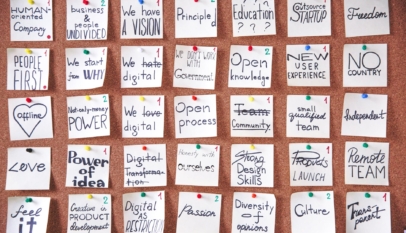Understanding Overburden in the Lean Context
In the realm of lean manufacturing, addressing the trio of challenges – waste (muda), unevenness (mura), and overburden (muri) – is crucial for operational excellence. Overburden, or muri, often receives less attention yet has significant implications. Overburden in lean terms refers to unreasonable work demands that exceed an employee’s capacity, leading to stress and inefficiency.
Identifying Overburden: Key Signs
Overburden manifests in various forms:
- Work Overload: When employees are consistently pushed beyond their limits, it leads to burnout and reduced productivity.
- Bore-Out Syndrome: The flip side of overwork, where employees face monotonous tasks or underutilization, leading to disengagement.
- Physical and Mental Strain: Jobs that demand continuous physical exertion or mental stress can deteriorate employee health and morale.
- Unsafe Working Conditions: Overlooking safety protocols not only poses health risks but also indicates a lack of respect for employee welfare.
- Resource Shortage: Inadequate tools, training, or time to complete tasks efficiently are classic signs of overburden.
- Inconsistent Management: Fluctuating directives and expectations create confusion and stress among employees.
Lean Strategies to Combat Overburden
To address overburden in a lean environment, consider the following strategies:
- Balance Workload: Implement workload levelling (heijunka) to distribute tasks evenly, preventing peaks and troughs in work demands.
- Job Rotation: Mitigate monotony and overuse injuries by rotating tasks among team members.
- Ergonomic Interventions: Redesign workstations and processes to minimize physical strain.
- Safety First: Enforce strict safety protocols and regular training to create a safe work environment.
- Provide Adequate Resources: Ensure the availability of necessary tools and offer continuous training to employees.
- Consistent Communication: Maintain clear, consistent communication and expectations to reduce confusion and stress.
The Impact of Addressing Overburden
Tackling overburden leads to numerous benefits:
- Enhanced Employee Well-being: Reducing overburden improves physical and mental health, boosting morale and job satisfaction.
- Reduced Turnover: A supportive work environment decreases employee turnover, retaining valuable skills and knowledge.
- Improved Productivity: A balanced workload and stress-free employees lead to higher efficiency and better quality output.
A Lean Approach to Overburden
In the context of lean manufacturing, overburden refers to the excessive workload or pressure that employees experience. Addressing overburden is not only about improving efficiency but also about showing respect and appreciation towards the workforce. A lean approach to overburden entails creating a supportive and balanced work environment that promotes well-being and productivity. By tackling overburden, manufacturers can create a harmonious workplace that aligns with the principles of waste reduction and continuous improvement.

















